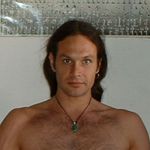
Sabine: Andrew, you and your team have just finished the project “Mysore Yoga Traditions: The Film”. Can you briefly tell us what this film is all about and why it is so unique?
Andrew: Mysore Yoga Traditions is unique because it is the Sanskrit and scholarly community themselves telling the story of yoga and its philosophy in Mysore. We were able to interview the principal of the Sanskrit College and even the Queen of Mysore herself. Some of the most credible and authoritative people in the community spoke about the history of yoga in Mysore and also the philosophy this practice rests upon.
A lot has been written and said about the history of yoga and yoga philosophy in Mysore by western scholars. Some of the views and ideas expressed have been contentious for the community of Mysore. We found it very interesting to find out just what they think about the way yoga is being taught and practiced around the world today. This is the first time in many decades that anyone from the Royal Family of Mysore has spoken publically about the yoga tradition in Mysore. While yoga has existed as a philosophy and devotional practice in Mysore since time immemorial, we can say that the Royal Family is directly responsible for starting tradition of yogasana in Mysore which has had such a huge impact on the rest of the world.
Sabine: Having followed the project closely, I know that it was quite a long and sometimes also nerve-racking process. What gave you the energy not to give up and pursue the idea despite all adversities?
Andrew: We were able to get very little funding for our project and I am not fond of asking people for money. Somehow we made it through, but I had to resign myself to total poverty. Ashtanga Yoga Studio covered the major part of the expenses for the film. I made the film because I had to. It answered burning questions that I have always had about the Ashtanga Vinyasa Yoga tradition and yoga in general. I felt that we had been given the shakti of Mysore. I felt a great sense of obligation to get their thoughts and words put together and present them to the world. For that period of time I lived in a kind of dream somewhere between Oklahoma and Mysore as I immersed myself in the project and had very little contact with anyone apart from teaching my regular yoga classes.
Sabine: Another point I’m very interested in is the production process: How long did you and your team actually stay in India to shoot the scenes? And what was shooting like? I assume that the situation was quite different from your typical Hollywood blockbuster set with a well-structured schedule and a zillion of helpers organizing every little detail…
Andrew: We were in Mysore nearly a month shooting the interviews. Kanchen Mala was the person who organized most of the interviews and without her help we would never have succeeded. Many things just fell into place. Good fortune smiled on us over and over again. When we went to meet the principal of the Maharaja’s Sanskrit College, Sri Bhashyam Iyengar, he looked much more like a wild yogi than an academic person in starchy white shirt. He was doing a puja ceremony and he asked me to come up and put ghee on the ceremonial fire. It was noisy and crowded and I hardly understood what was going on, but of course I did as he asked. When I poured the ghee a small deity floating in a bowl of water moved across the bowl toward me. The whole room went silent. Sri Bhashyam Iyengar clapped his hand to his chest and said something in Sanskrit. This was taken as an omen of our sincerity and from that moment we were granted access to the Maharaja’s Sanskrit College, its ancient manuscripts, the senior professors. Also, Sri Bhashyam Iyengar prepared an official speech for us regarding the practice of yogasana in his college and the years that Sri Krishnamacharya spent teaching there. Interviewing senior Sanskrit scholars is tricky, but became easier with practice. All the years of study with my Guruji, Sri BNS Iyengar, prepared me for it. There are etiquettes and mannerisms that one must know in order to communicate effectively with such people.
Sabine: Seeing that you had studied at Mysore yourself for extended periods of time, you already knew the scene quite well. Was there nevertheless something new for you to learn or discover during the filming of the movie?
Andrew: Guruji always said “we” when he spoke about his studies etc. Of course I always wondered who he was referring to. He always gave the impression that the yoga came from a community of scholars. We met that community when we filmed our interviews. It was eye-opening and profound for us! They are very educated and brilliant people and have many diverging views about yoga. Again and again we were shocked at how open-minded, up to date, generous and kind they all were. They asked for nothing. No one wanted money or anything else from us. The only thing they asked for was help with the preservation of their ancient manuscripts which contain a huge about of information about yoga. We sincerely hope that Mysore Yoga Traditions will help bring this issue to the attention of the international yoga community!
Sabine: You were granted access to an incredible number of usually closed off locations and had the opportunity to talk to a lot of people generally not available for interviews. For this reason, I guess that there is not THE one single scene you’d choose as your personal favorite. Having said this, I’d still like to know whether there are certain moments particularly dear to you. If yes, would you like to share them?
Andrew: There were far too many interesting times to recount. One that stands out in my mind is when we asked Sri Gangadhar Bhat a question about who all had or had not studied with Sri Krishnamacharya. He got so irritated and impassioned we were all taken aback! It became very clear to me that he strongly dislikes the idea of “pedigree.” He said that a teacher is like a spoon. Once you have the food in your mouth you lay it aside. He does not think anyone is more or less credible because of who they learned from. It is what we know that counts, and more importantly what we do with it. I thought a lot about that. It seems that instead of proclaiming oneself to be the direct disciple of Sri Sri whoever it is, teaching authentic yoga based on such and such a tradition and such and such a philosophy….It might actually be more authentic and genuine to simply say “I am a person who loves and believes in yoga. I am teaching it in my community as best I am able to. I am grateful to all of my teachers for the time and knowledge they have given me. If I am successful it is only because of the grace and excellent instruction of my teachers….” It seems to me that this is more in keeping with the true spirit of the Mysore Yoga Parampara. I am so grateful to everyone who took the time to share their thoughts with us and to impart their views and knowledge about the yoga tradition which is obviously very dear to them!
Sabine: What a beautiful idea. I guess that the only thing I can add to this statement is: thank you so much for sharing all your experiences and thoughts with us and making this incredible project happen!
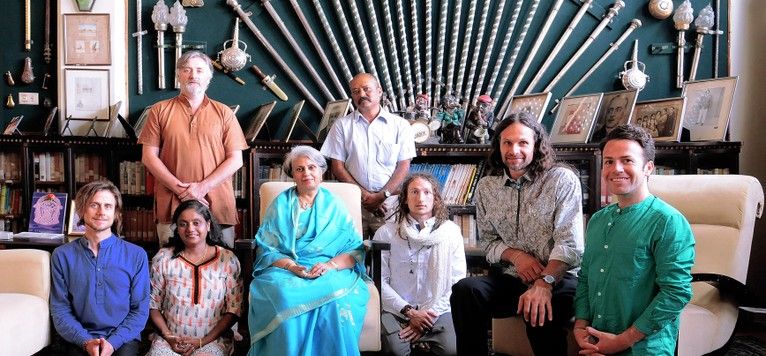

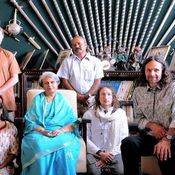
 Andrew Eppler
Andrew Eppler
 Dr. Sabine Nunius
Dr. Sabine Nunius
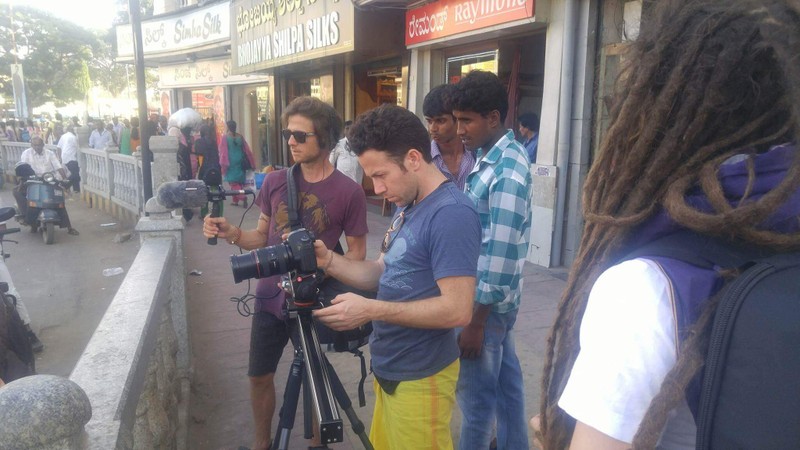
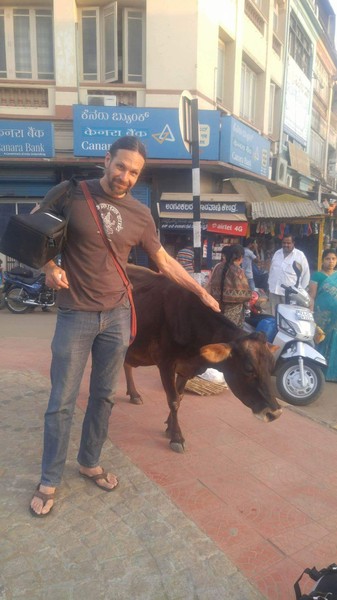
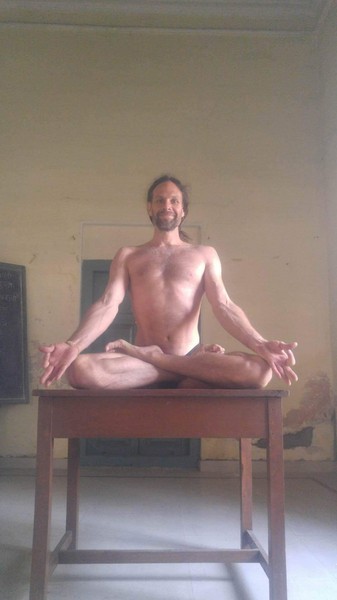
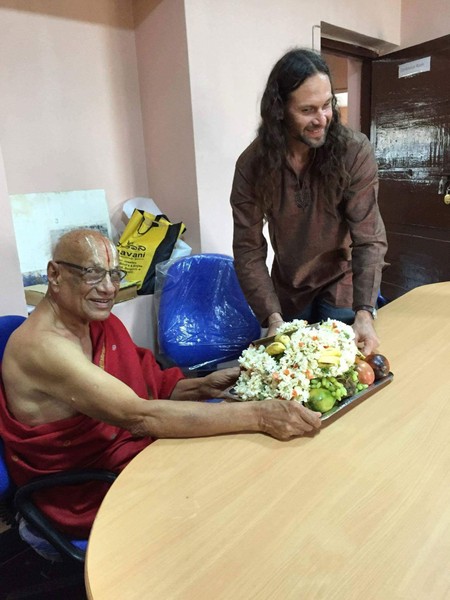
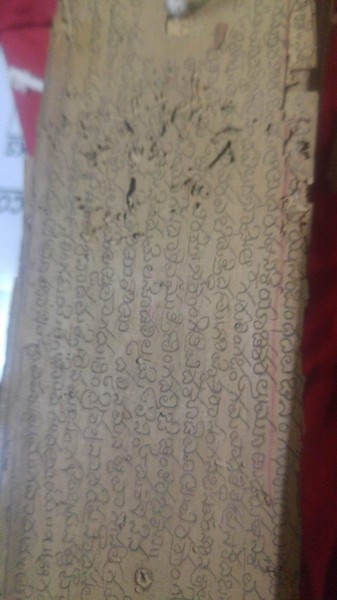


Messages and ratings